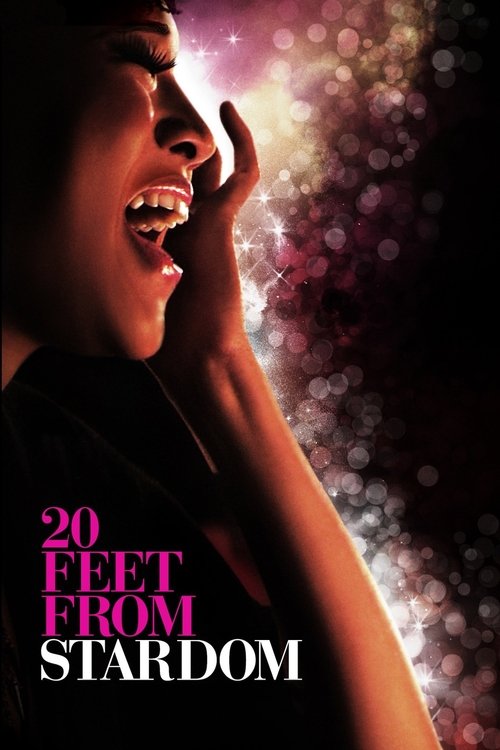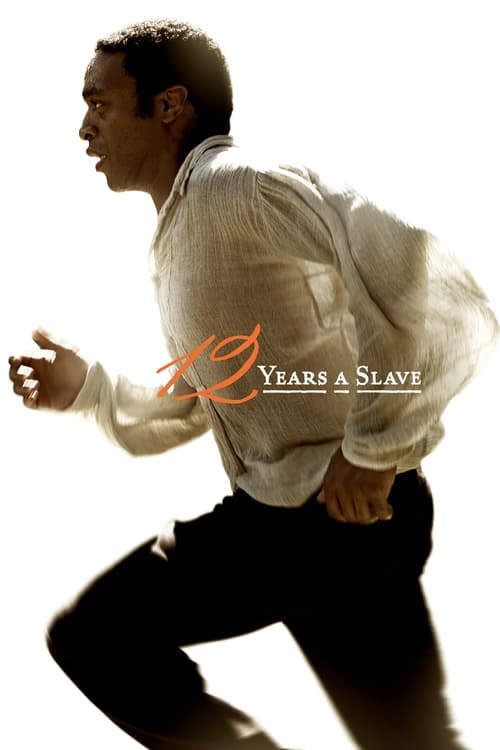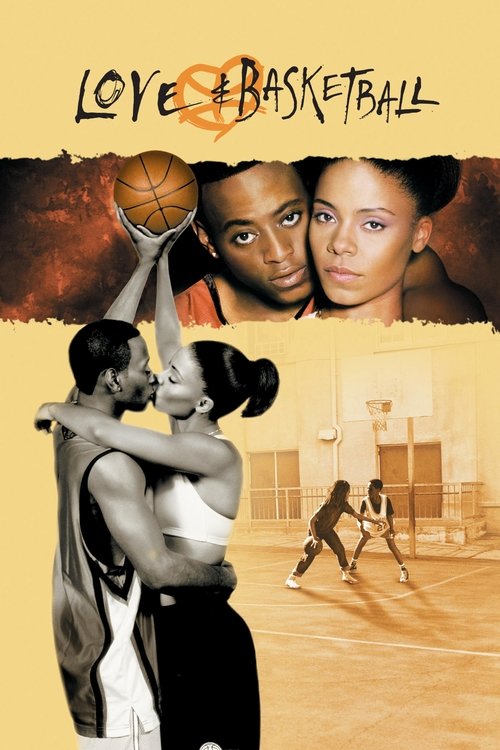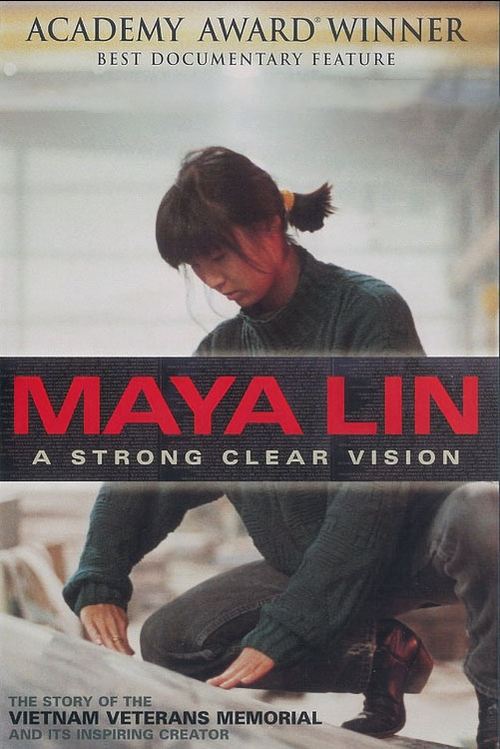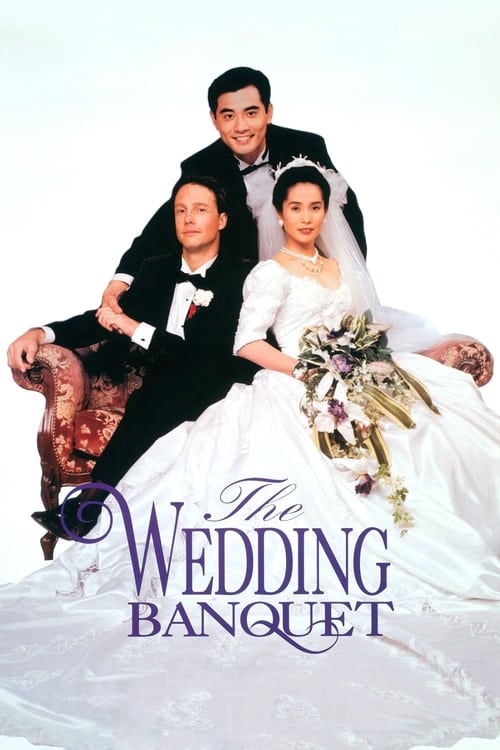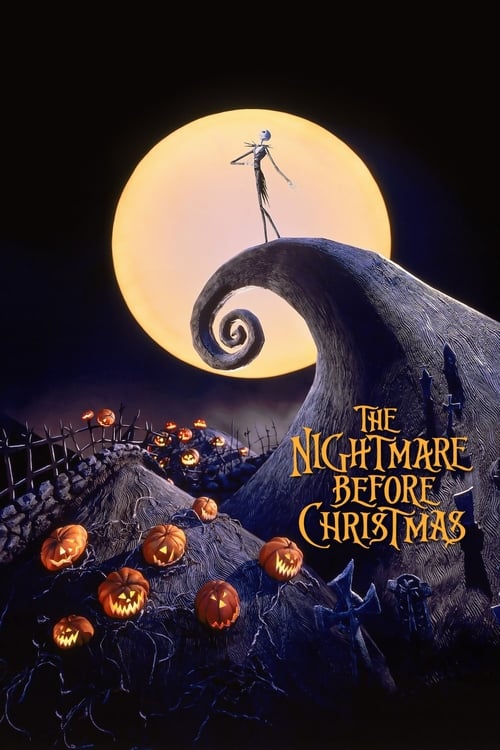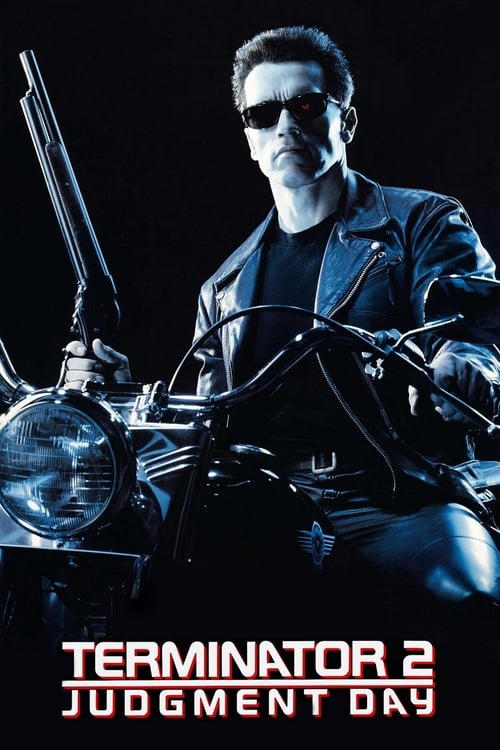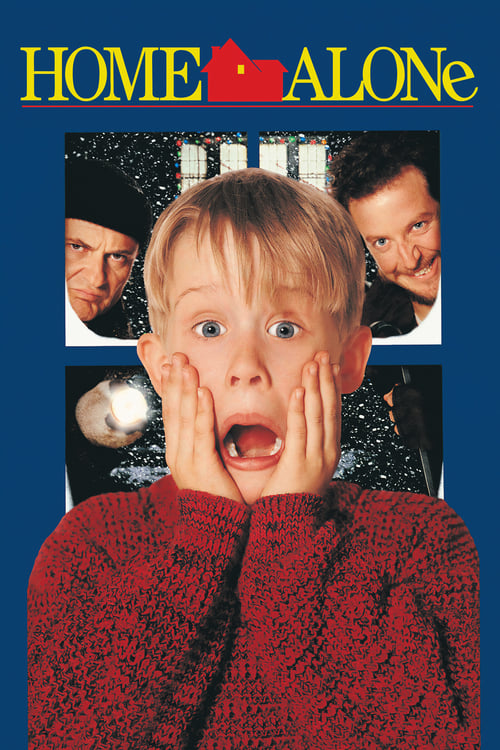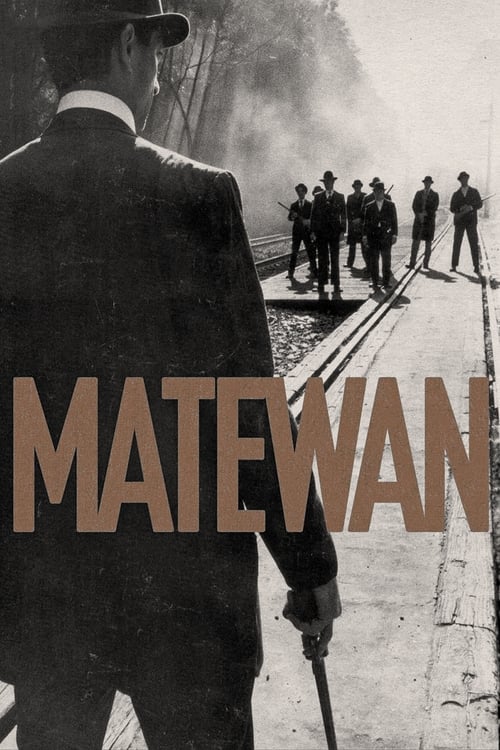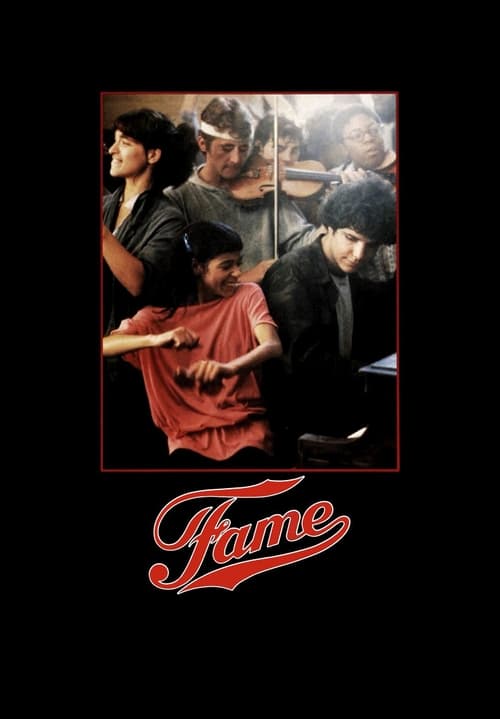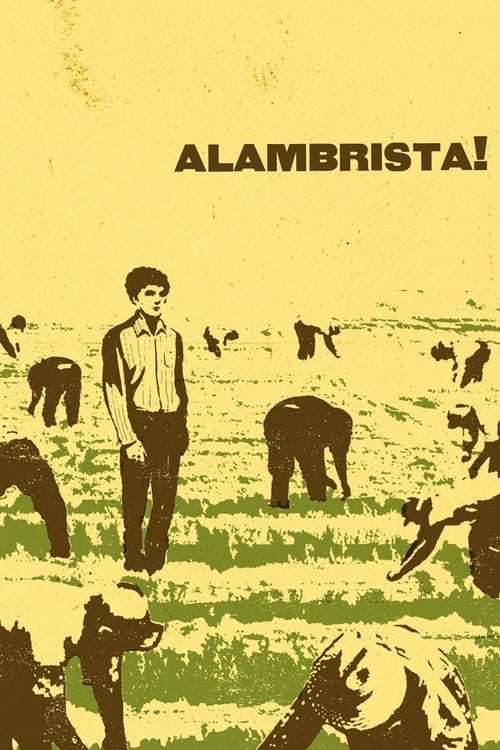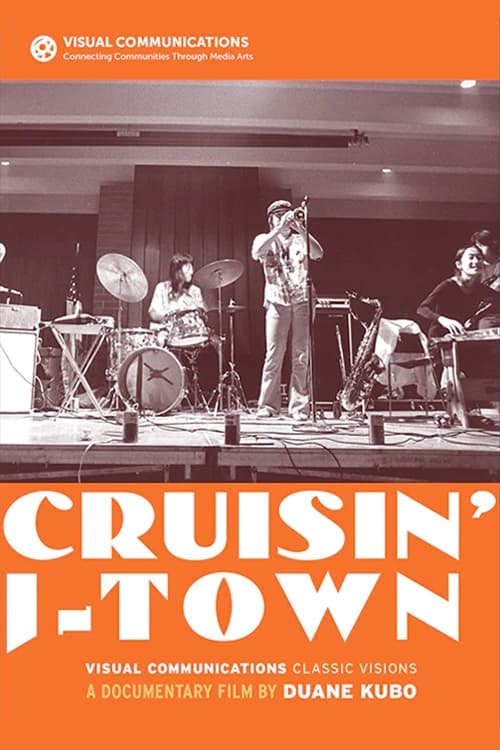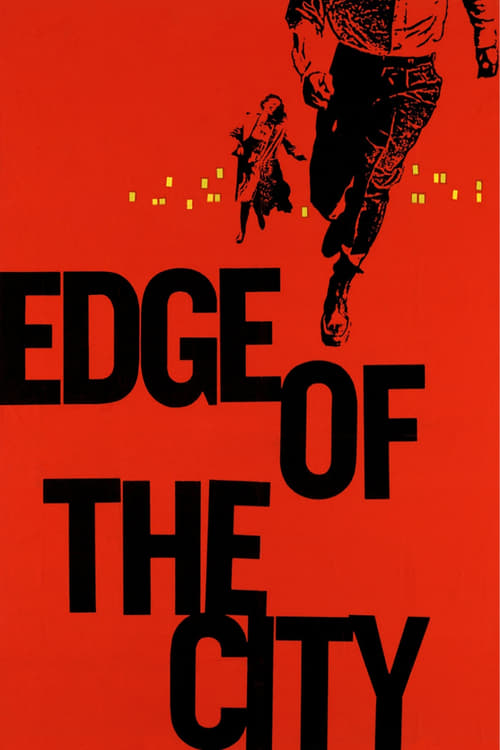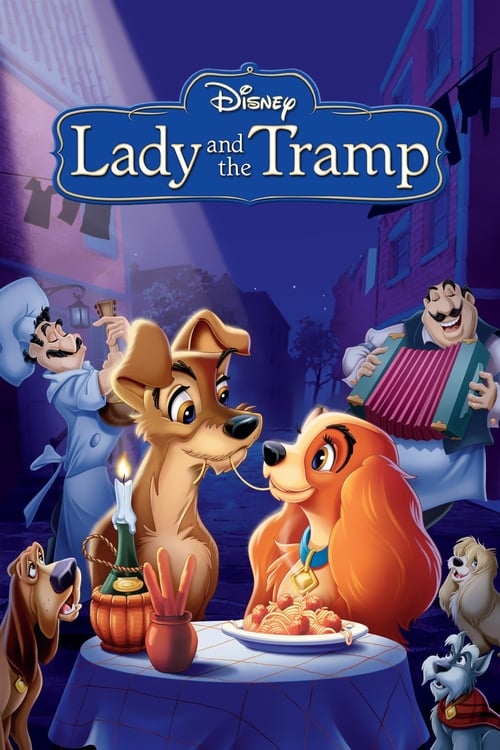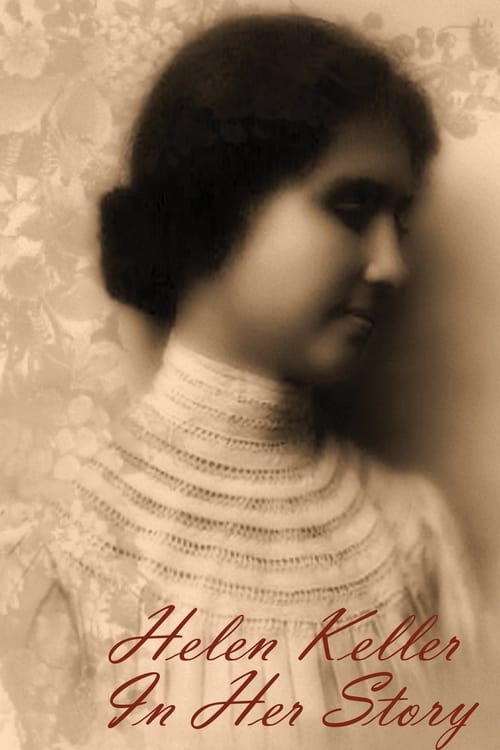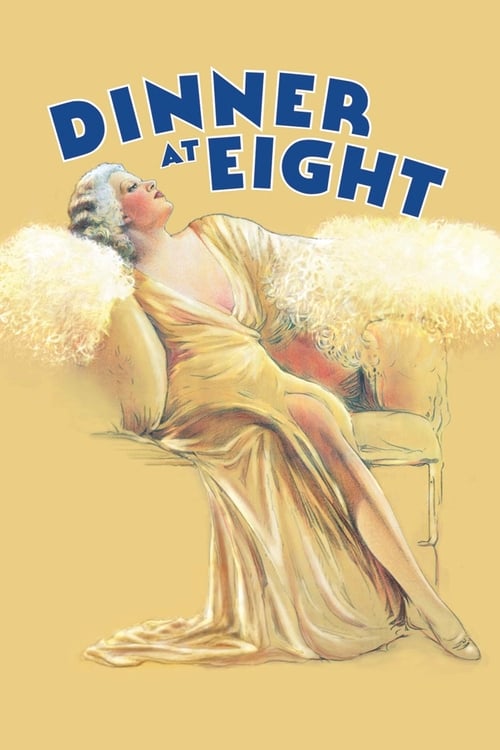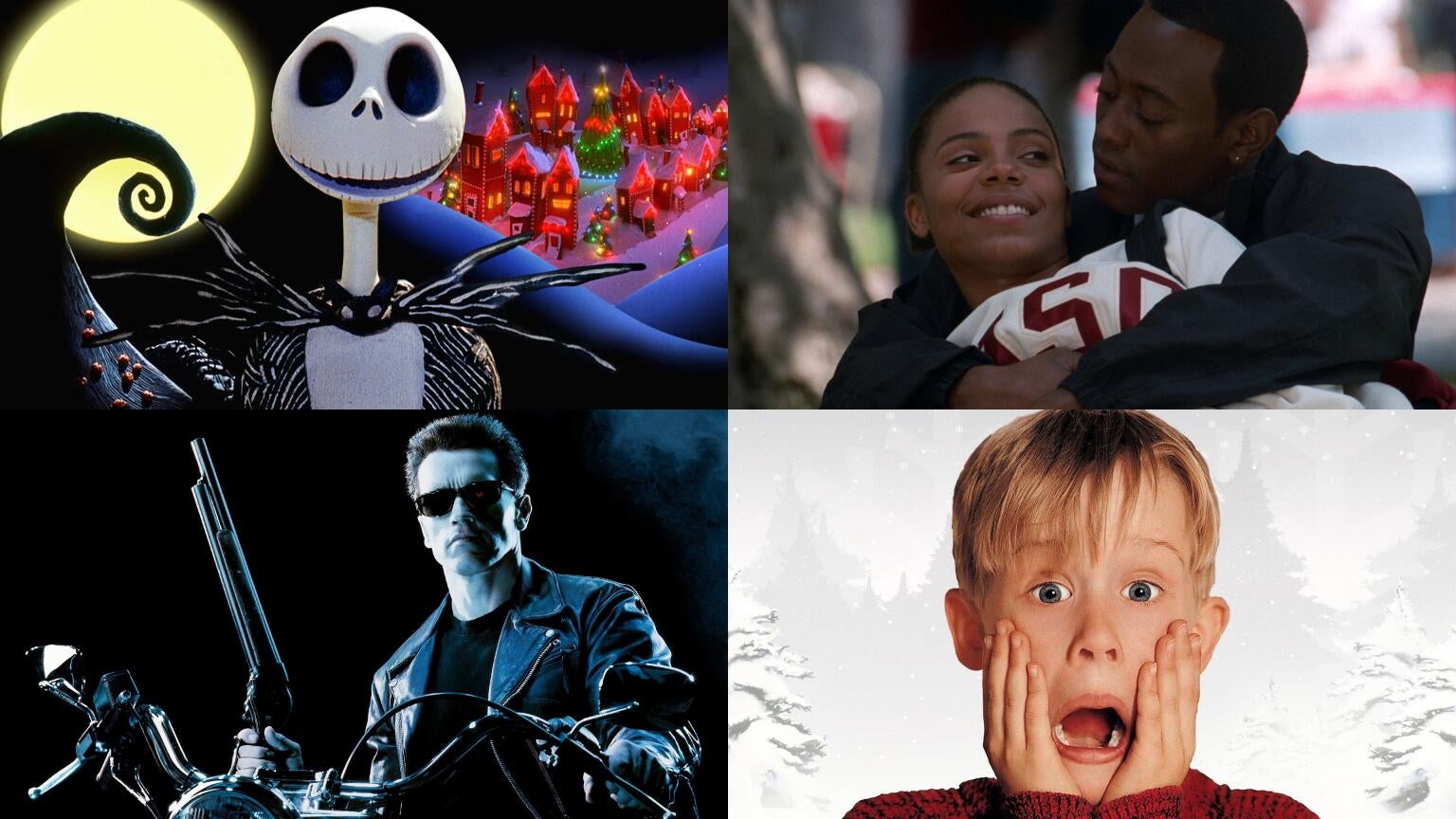
The National Film Registry just granted immortality to 25 classic films. Every year, the Library of Congress chooses another class to be preserved for posterity, and this year’s group includes some major blockbusters like “Terminator 2,” “Home Alone,” and “Apollo 13.”
To be eligible, a film must be at least 10 years old and carry what the library considers to be “cultural, historic or aesthetic importance,” in consultation with National Film Preservation Board members and other experts.
The list now stands at 875 remarkable films. If you’d like to nominate your favorite film for preservation, just fill out this form.
2023 Inductees into the National Film Registry
-
20 Feet from Stardom
June 14, 2013Directed by Morgan Neville and produced by Gil Friesen, “20 Feet from Stardom” uses archival footage and interviews sharing behind-the-scenes experiences, and shining the spotlight on backup singers, including Darlene Love, Merry Clayton, Lisa Fischer, Judith Hill, Jo Lawry, Claudia Lennear, and Tata Vega.
Archival footage includes performances with Sting, David Bowie, Ray Charles, Michael Jackson, Elton John, Tom Jones, Ike & Tina Turner, Luther Vandross, and more. A highlight of the film includes an interview with Mick Jagger telling the story of how Merry Clayton came to sing the iconic background vocals on “Gimme Shelter.”
Loading… -
12 Years a Slave
October 18, 2013This biographical drama directed by Sir Steve McQueen, and produced by Brad Pitt’s production company, is based on the 1853 slave memoir “Twelve Years a Slave” by Solomon Northup, an African-American free man who was kidnapped in Washington, D.C. by two conmen in 1841, and sold into slavery. He was put to work on plantations in the state of Louisiana for 12 years before being released.
The film received nine Academy Award nominations, winning for Best Picture, Best Adapted Screenplay for John Ridley, and Best Supporting Actress for Lupita Nyong’o.
Loading… -
Love & Basketball
April 21, 2000A romantic sports drama film written and directed by Gina Prince-Bythewood in her feature film directorial debut. The film is produced by Spike Lee and Sam Kit, and stars Sanaa Lathan and Omar Epps. It tells the story of Quincy McCall (Epps) and Monica Wright (Lathan), two next-door neighbors in Los Angeles, who are pursuing their respective basketball careers before eventually falling for each other. Unforgettable and inspiring, the film has been praised as a refreshing new take on the rom-com genre and has had an enduring impact and ongoing resonance with women athletes and young people.
The film also stars Alfre Woodard, Regina Hall, Gabrielle Union, Dennis Haysbert, Debbi Morgan, Harry J. Lennox, and Tyra Banks
Loading… -
Bamboozled
October 6, 2000Mixing elements of “A Face in the Crowd,” “The Producers,” “Network” and “Putney Swope,” Spike Lee’s “Bamboozled” showcases his unique talents, here blending dark comedy and satire exposing hypocrisy. An African American TV executive (Damon Wayans) grows tired of his ideas being rejected by his insincere white boss, who touts himself with an “I am Black People” type of vibe. To get out of this untenable situation, Wayans proposes an idea he feels will surely get him fired: a racist minstrel show featuring African American performers donning blackface. The show becomes a smash hit while at the same time sparking outrage, including militant groups leading to violence.
As with the best satire, the focus is not on believable plot but rather how the story reveals the ills of society, in this case how Hollywood and television have mistreated African Americans over the decades.
Loading… -
Apollo 13
June 30, 1995The extreme challenges involved in space travel present compelling cinema storylines, and one cannot imagine a more harrowing scenario than the near tragic Apollo 13 space mission. Director Ron Howard’s retelling is equally meticulous and emotional, a master class in enveloping the audience into a complicated technological exercise in life-and-death problem-solving. Based on the 1994 book “Lost Moon: The Perilous Voyage of Apollo 13” by astronaut Jim Lovell and Jeffrey Kluger, “Apollo 13” blends skillful editing, crafty special effects, a James Horner score, and a well-paced script to detail the quick-thinking heroics of both the astronaut crew and NASA technicians as they improvise and work through unprecedented situations.
The talented cast includes Tom Hanks, Bill Paxton, Kevin Bacon, Gary Sinise, Ed Harris and Kathleen Quinlan. Howard went to great lengths to create a technically accurate movie, employing NASA’s assistance in astronaut and flight-controller training for his cast, and obtaining permission to film scenes aboard a reduced-gravity aircraft for realistic depiction of the weightlessness experienced by the astronauts in space.
Loading… -
Maya Lin: A Strong Clear Vision
November 10, 1995This Academy Award winning film (Best Feature Documentary 1995) tells the story about the Chinese American artist and architect Maya Lin, daughter of immigrants who catapulted to global prominence at age 21 after designing the Vietnam Veterans Memorial, the most visited memorial in Washington DC. The film explores creativity, politics and public art about war, race, women, peace, and ecology which are all major projects designed by Maya before she turned 30. The film is directed, written and produced by Chinese-American Freida Lee Mock, daughter of immigrants whose films explore art, history, politics and social justice with a focus on women, the military and Asian Americans.
Loading… -
The Wedding Banquet
March 1, 1993A ground-breaking romantic comedy, Ang Lee’s second film focuses on the cultural clashes between East and West, traditional vs. modern lifestyles. To satisfy his parents back in Taiwan and their desire that he get married, a gay Taiwanese American immigrant in New York has a marriage of convenience with a mainland Chinese woman. Complications ensue when the parents decide to visit and meet the bride. The unconventional family trio (gay couple/paper wife) works to create a believable façade. Both hilarious and poignant, the film glides effortlessly between various genres.
In a 1993 Los Angeles Times interview, Lee said he wanted the film to be both funny and provocative: “I love stirring things up rather than sticking to the Chinese ideal, which is to appeal for calm.”
Loading… -
The Nightmare Before Christmas
October 9, 1993The king of dark whimsy, Tim Burton won over an even larger (and decidedly younger) crowd with this delightful stop-motion animated offering. Jack Skellington, whose giant pumpkin head rests precariously on top of his rail-thin body, is the king of Halloween Town; one year he dreams of bringing a little Christmas magic to his humble hamlet. Inventive and endearing, Burton’s film—which features songs by Danny Elfman and the voice talents of Elfman, Chris Sarandon and Catherine O’Hara—has become both a Yuletide and Halloween tradition for adults and kids.
Loading… -
Terminator 2: Judgment Day
July 3, 1991Science fiction film sequels sometimes fail because the original reveals the stunning main secrets, thus reducing the awe and surprise factors in future installments. Not so with “Terminator 2.” Director James Cameron retained the many virtues of the original and added a deft script with more nuanced characters and plot twists, a large budget and cutting-edge special effects for an even more chilling story revealing the bleak future portended in the original. Arnold Schwarzenegger’s mission changes from ending the future of humanity to ensuring its survival, from killing the mother to protecting the son from an assassin adept at quicksilver. The film also marked somewhat of a technical milestone in the transition from practical to CGI special effects.
Loading… -
Queen of Diamonds
October 11, 1991Restored by the Academy Film Archive and The Film Foundation with funding provided by the George Lucas Family Foundation, this seminal work by experimental filmmaker Nina Menkes, was filmed on location in Las Vegas. Menkes’ sister and collaborator, Tinka Menkes, plays an alienated blackjack dealer living and working in Sin City. The film takes a close look at the desolation of daytime Vegas, contrasting the lights, noise, and life of the city to the quiet, lonely reality of its residents. Nina expresses her unique style using long takes and extended periods of silence to convey her character’s solitary life in the Nevada desert.
Loading… -
Home Alone
November 16, 1990The young and deeply expressive Macauley Culkin became a superstar thanks to this 1990 mega-hit that has become as embedded into the American culture as any comedy ever has. Left home alone at Christmas time, a plucky youngster uses his own creativity and wit to stave off two bumbling burglars. John Hughes (at that time best known for his teen comedies) fashioned the inventive script while Chris Columbus directed the film for maximum cross-generational appeal. The film also co-stars comic legends Daniel Stern, Joe Pesci and Catherine O’Hara. Composer John Williams contributes a memorable score, including the classic “Somewhere in My Memory.”
Loading… -
Matewan
August 28, 1987Bringing to light a little-remembered moment in labor history, John Sayles’ “Matewan” dramatizes efforts in 1920 to unionize a West Virginia company town and the bloody battle that followed between strikers and coal company thugs. Sayles incorporates elements from related labor struggles into the story to show how Black migrants and European immigrants hired as scabs often united with local miners. Structured as a Western, the film examines collective nonviolence as a strategy to combat ruthless exploitation within an individualistic culture animated by blood feuds. Expertly filmed by Haskell Wexler and featuring engaging ensemble acting by Chris Cooper, James Earl Jones, Mary McDonnell, David Strathairn, Will Oldham and many West Virginia locals, this low-budget gem illuminates remote Appalachian cultural attitudes at a turning point in labor union history.
Loading… -
Desperately Seeking Susan
March 29, 1985Directed by Susan Seidelman, the film stars Rosanna Arquette, Aidan Quinn, and Madonna in her first major screen role. It also features early roles for John Turturro, Giancarlo Esposito, Laurie Metcalf and Steven Wright. Set in New York City, the film centers on two women (a bored New Jersey housewife and a bohemian drifter) who connect through messages in the newspaper personal ads.
Noted for its 80’s fashion, especially Madonna’s personal style, the film also includes Madonna’s song, “Into the Groove,” and although the song does not appear on the soundtrack, it gave Madonna her first #1 spot of Billboard’s Hot Dance Singles Sales chart.
Loading… -
Fame
May 16, 1980Alan Parker’s teen musical drama follows the lives of students at New York City’s High School of the Performing Arts as they tackle the demanding environment and the issues young students face. The musical numbers stylistically often resemble music videos in a pre-MTV world, and “Fame” influenced other classic 80’s musicals like “Footloose,” “Flashdance” and “Dirty Dancing.” Irene Cara belts out the rousing title song. Film critic Roger Ebert said “‘Fame’ is a genuine treasure, moving and entertaining, a movie that understands being a teen-ager…” The 1980s produced many classic movies on teen life, and “Fame” was a worthy prelude of great films to come.
Loading… -
Passing Through
August 6, 1977A key figure in the LA Rebellion film movement, director Larry Clark uses “Passing Through” as a rumination on the central importance of jazz in African American culture and the attempts of others to appropriate this legacy for profit. Released from prison, an African American jazz artist refuses to rejoin the music industry he feels is controlled by white mobsters and corporate interests. Instead, he seeks to find his grandfather and musician mentor to preserve his artistic integrity and rediscover the creative and social possibilities of jazz. Rarely seen but of seminal importance, “Passing Through” ranks near the top of the greatest jazz films. Screenplay by Clark and Ted Lange. Music by Horace Tapscott. Preserved by the UCLA Film & Television Archive as part of its initiative LA Rebellion: Creating a New Black Cinema.
Loading… -
Alambrista!
October 16, 1977“¡Alambrista!” is the powerfully emotional story of Roberto, a Mexican national working as a migrant laborer in the United States to send money back to his wife and newborn. Director Robert M. Young’s sensitive screenplay refuses to indulge in simplistic pieties, presenting us with a world in which exploitation and compassion coexist in equal measure. The film immerses us in Roberto’s world as he moves across vast landscapes, meeting people he can’t be sure are friend or threat, staying one step ahead of immigration officials. “¡Alambrista!” is as relevant today as it was on its 1977 release, a testament to its enduring humanity.
Loading… -
Cruisin' J-Town
January 1, 1975Duane Kubo’s UCLA documentary tells the story of the once popular, now principally forgotten, jazz fusion band Hiroshima. The musicians are articulate and interesting and have much to say about their cultures and politics. The film offers a glimpse into the world of these third-generation Japanese-Americas and follows the band as they recount their efforts to create art while searching for identity and meaning. A highlight in the film is a cross-cultural jam with Hiroshima and the Chicano performing arts company El Teatro Campesino.
Loading… -
Edge of the City
January 4, 1957“Edge of the City” features superb performances by John Cassavetes and Sidney Poitier in a psychological drama set among New York City railroad workers. Based on a live television drama written expressly for Poitier by Robert Alan Aurthur, “Edge of the City” follows Cassavetes as a troubled Army deserter who finds trust in others, maturity in himself, and reintegration into society after Poitier, playing a stevedore foreman, befriends him.
Praised by the NAACP for its message of racial brotherhood, this first feature of blacklisted television director Martin Ritt offers finely delineated performances by Ruby Dee, Kathleen Maguire and Jack Warden. Critic Stanley Crouch called the film “one of the highest of the high points in Poitier’s career,” noting “an almost heartbreaking effect in his absolute freedom from the stereotypic, moving with such vitality through so many more moods than would be expected of a Black character then or now.”
Loading… -
Lady and the Tramp
June 22, 1955This exquisitely animated love story between a spoiled cocker spaniel and a mutt was arguably the most mature animation and love story created until then by Disney Studios. It also marked a technological innovation for Disney. In addition to standard theatrical formats, Disney released the film in the wide screen CinemaScope process, in part to keep people going to the theaters following the advent of television. One of the studio’s most beloved animated works, this unlikely love story is made memorable by endearing songs, excellent voice talents (which included Barbara Luddy, Larry Roberts, Bill Thompson, Verna Felton, Bob Baucom, Peggy Lee and Stan Freberg) and iconic moments including a kiss involving spaghetti.
Loading… -
The Unconquered
June 15, 1954Nancy Hamilton’s Academy Award-winning documentary tells the story of Helen Keller from her birth to early 70s. Keller lived for 14 more years after the film. The documentary came about long after Keller became an international speaker on behalf of both disabled rights and the United States. It uses news footage, photographs, interviews and original sequences to tell her story, as well as a more day-in-the-life approach.
Loading… -
Dinner at Eight
December 22, 1933George Cukor directs this comedy with a big-name cast including Jean Harlow, Marie Dressler, John Barrymore, Wallace Beery, Lionel Barrymore, Lee Tracy, Edmund Lowe, and Billie Burke. The film centers around Millicent Jordan, an ambitious New York socialite planning an extravagant dinner party to welcome Lord and Lady Ferncliffe, England’s richest couple. Her businessman husband, Oliver (Lionel Barrymore), contends with financial woes, causing a lot of tension between the couple. Meanwhile, their high-society friends and associates, including the gruff Dan Packard (Wallace Beery) and his sultry spouse, Kitty (Jean Harlow), contend with their own entanglements, leading to revelations at the much-anticipated dinner. The screenplay is by Frances Marion and Herman J. Mankiewicz, and is based on George S. Kaufman and Edna Ferber’s 1932 play of the same title.
Loading…
Some titles are not available to stream, including “A Movie Trip Through Filmland” (1921), the Bohulano Family Film Collection (1950s-1970s), and “We’re Alive” (1974).
Related:


